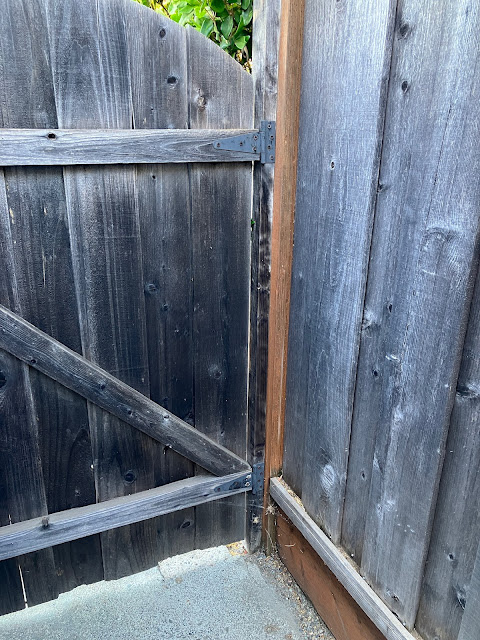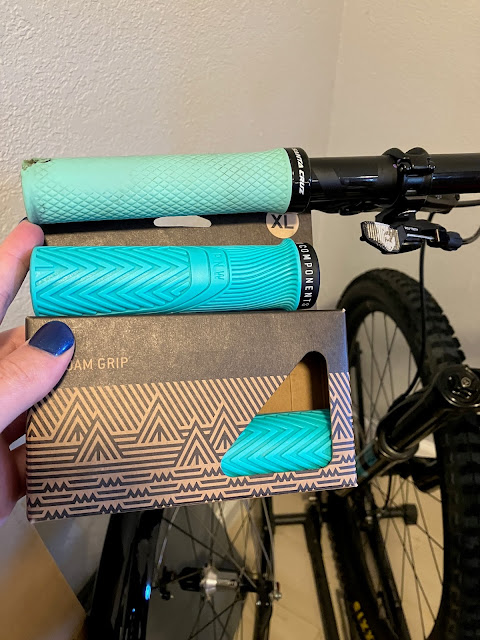Apparently it's winter already.
I guess this is what a tropical storm looks like in the Bay Area.
What's also tropical is the number of bugs I've been running into this summer. There's been the occasional actual biting fly, like a horse fly or deer fly, which is annoying enough but not so common as to be troubling me. What has been troubling me is the hundreds and hundreds of smaller flies that swarm me every time I go cycling up in the hills.
They don't bite, which is nice (although confusing), but for whatever reason they insist on swarming directly in front of my face, occasionally bouncing off my eyeballs and getting sucked up my nose or down my mouth. No amount of swatting them away seems to drive them off, and the only way to escape them is to outrun them, which is not an easy task when climbing a 15% grade.
So desperate times call for desperate measures.
And it should perhaps come as no surprise that this bug net comes from a company in the mosquito capital of the world.
Curiously, I had always thought this company was named Colghan's. I also always thought that those bears were named Berenstein. I guess I really did cross over from the parallel universe, because this very clearly says Coghlan's.
Now I could just wear this bug net as is, which I have done for one ride, where I found it performed quite well. But, I figured it could use a little modification.
Specifically here, at the top, where there's a little circle(-ish) of nylon fabric.
The first step of the process is to inscribe a set of chalk runes.
After which we must cut a strip of sacrificial cloth, marking it as well.
Next we bind the sacrificial cloth by piercing it with a life-thread, to close it into a loop.
The sacrificial cloth is then cleaved in two, then made as one with the original garment, binding their fates with a shared life thread, while ensuring that the runes are aligned.
The garment is then vivisected, and the sacrificial cloth is inverted, following the ways of the ancient ones.
Finally the wound is encircled, so that it will not grow to consume the entire garment, and yet the scar will always remain.
And now I can stick my 360 camera through it.
Why would I do that? Well, you know, reasons.
This is known as a double-welt pocket, by the way, though I didn't actually put a pocket on the backside. I suppose you could consider the entire inside of the bug net to be a pocket, if you wanted to?
Meanwhile, since I had the sewing machine out, I decided it was about time to refresh the elastic strap on my heart rate dongle again.
I kept things simple by not bothering to do a double-fold here, and I used a lot less elastic than last time as that strap ended up almost completely doubled-up once I had adjusted it to fit. This length is a much more reasonable use of material.
Did I use my fancy new coverstitch machine to do this sewing? No, definitely not. This is all regular lockstitch sewing.

















































